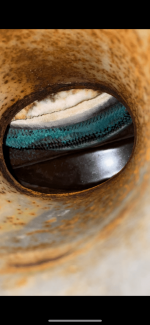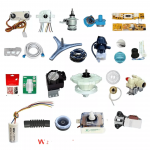- Jul 21, 2013
- 65,181
- Pool Size
- 35000
- Surface
- Plaster
- Chlorine
- Salt Water Generator
- SWG Type
- Pentair Intellichlor IC-60
I would have on hand a new thermal regulator, bypass valve, and O ring kit for the manifold. When you remove the manifold to examine and clean the heat exchange replace all of those.
There are YouTube videos showing how to remove the manifold and descale a heat exchanger, if necessary.
There are YouTube videos showing how to remove the manifold and descale a heat exchanger, if necessary.






